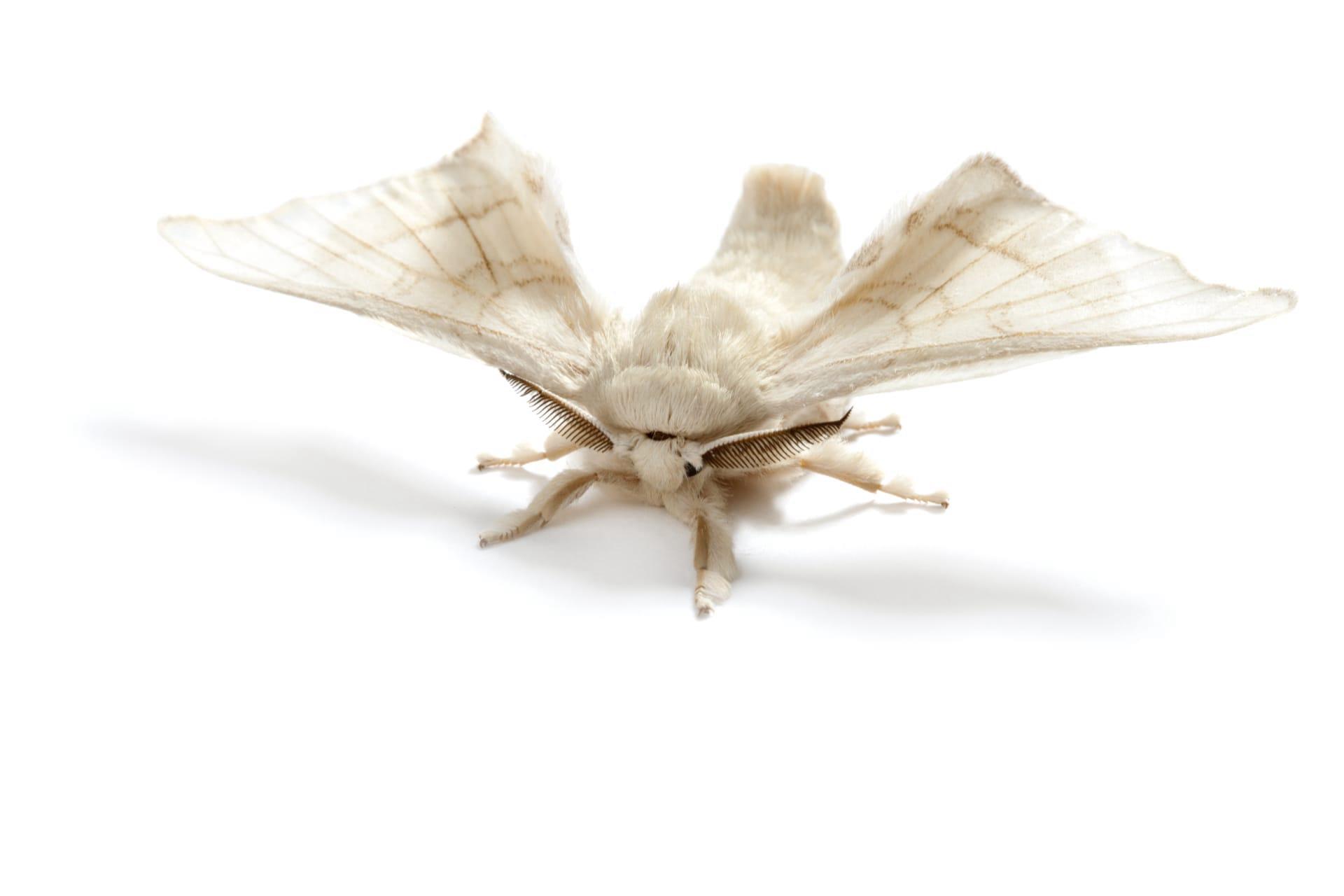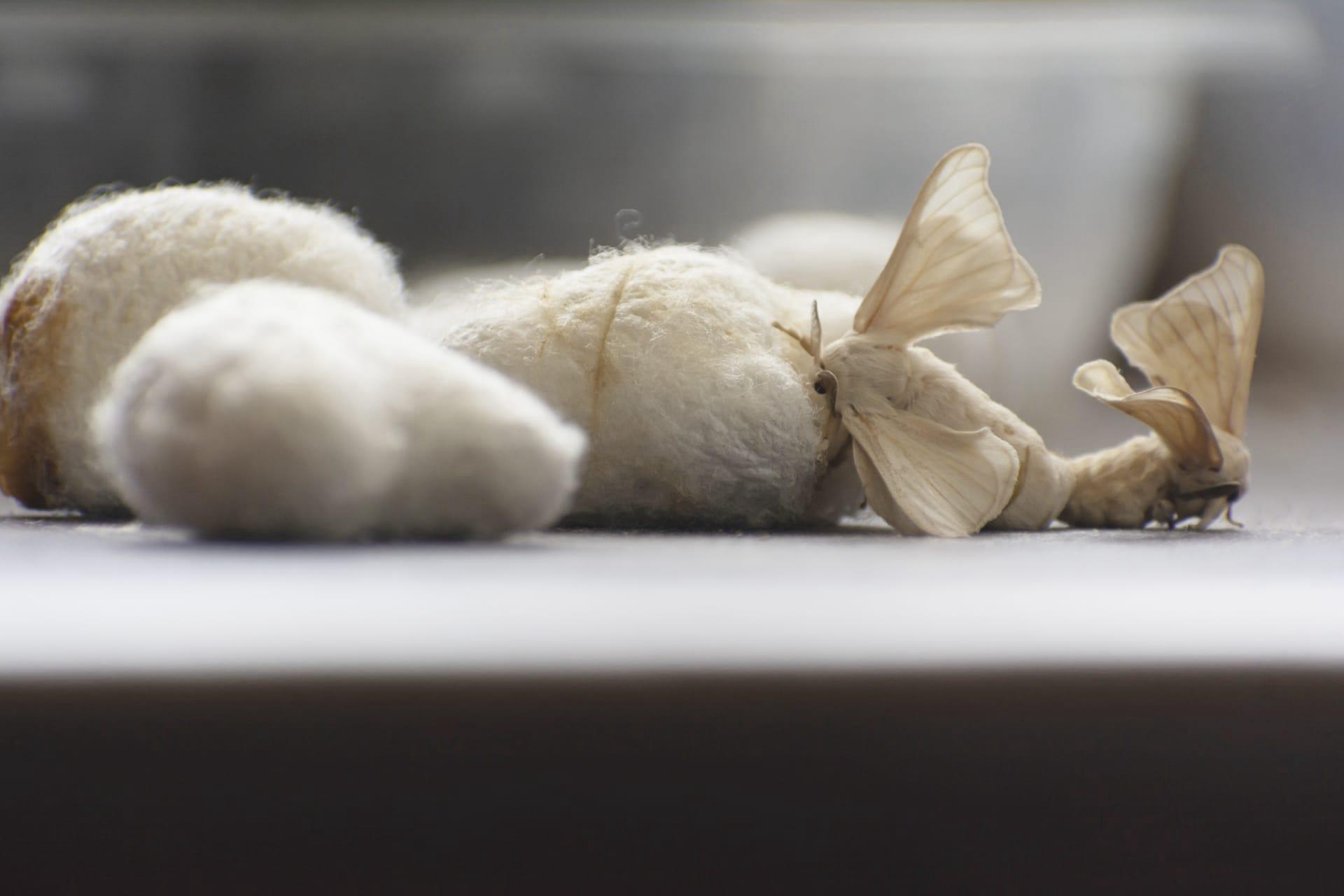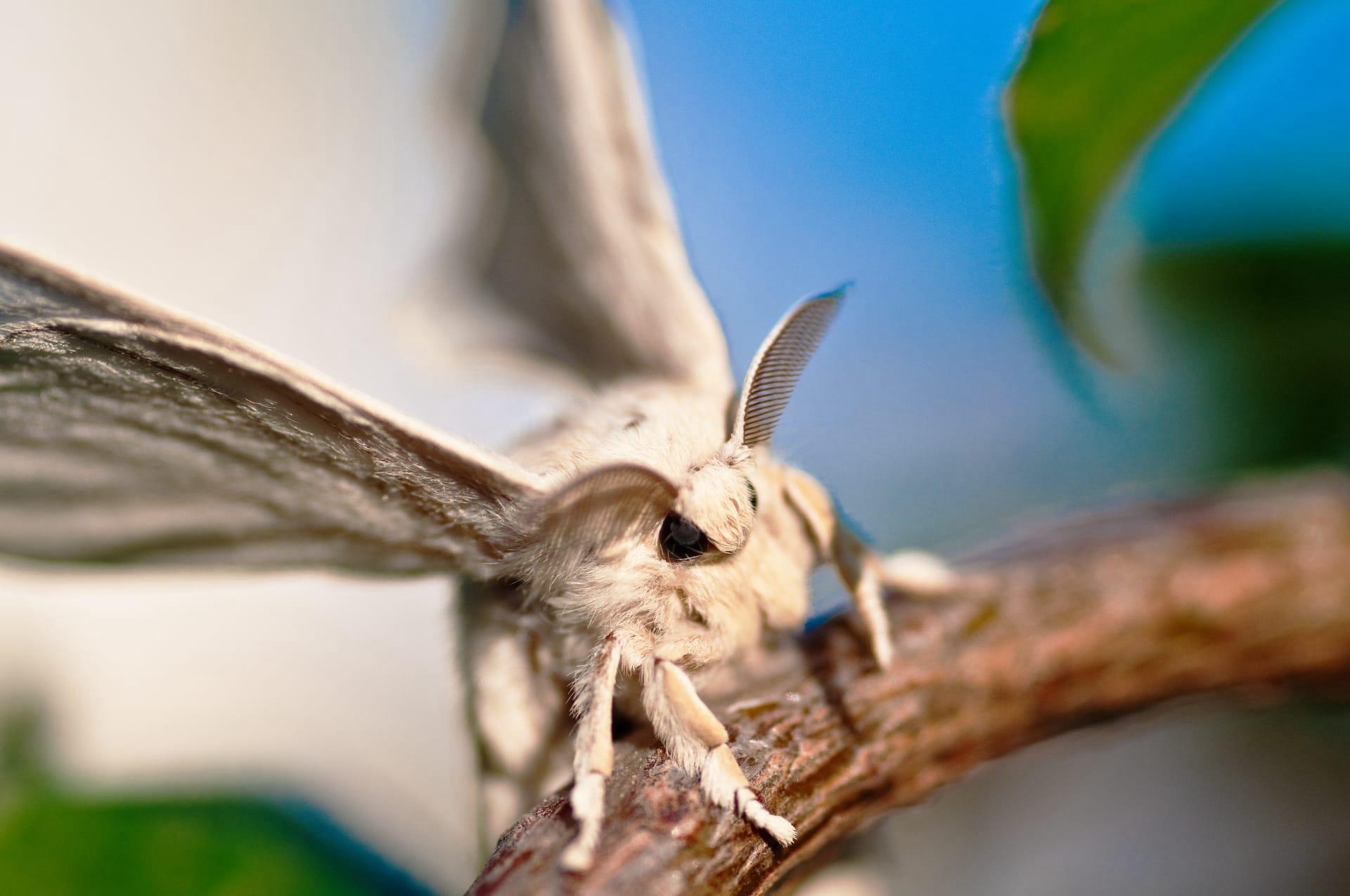1
Did you know that silkworm moths have been domesticated for thousands of years? Specifically, their domestication began around 5000 years ago in China. Unlike their wild counterparts, domesticated silkworms have lost the ability to fly. This fascinating change is due to selective breeding by humans. By favoring certain traits over others, such as larger size or more silk production, these moths have evolved to become flightless. It's a striking example of how human intervention can shape the evolution of a species.
Another intriguing fact is about the silk itself. A single silkworm produces approximately 1 kilometer (about 0.62 miles) of silk filament during its larval stage. That's a remarkable length coming from such a small creature! The process is energy-intensive for the silkworm, requiring it to eat about 50,000 times its body weight in mulberry leaves before it starts spinning its cocoon. This silk has been a highly valued material for centuries, prized for its strength, lightness, and luxurious feel.

2
Did you ever wonder about the lifespan of these creatures? A silkworm moth's life is remarkably short. After emerging from its cocoon, the adult silkworm moth lives for only about 5 to 10 days. During this brief lifespan, their primary goal is reproduction. The females emit pheromones to attract males and, after mating, lay around 300 to 500 eggs before passing away. This quick life cycle is a stark contrast to the several weeks they spend as caterpillars, voraciously feeding on mulberry leaves.
Now, let's talk about the caterpillar stage. Silkworm caterpillars experience a rapid growth spurt. From the moment they hatch, they start eating mulberry leaves non-stop and grow exponentially. In fact, during their 25-30 day feeding period, they increase their weight roughly 10,000 times. This incredible growth is essential as it provides the necessary energy and resources for cocoon creation and the subsequent transformation into moths.

3
Silkworms have a unique way of spinning their cocoons. They produce silk from two salivary glands located in their head and weave their cocoon in a figure-eight pattern. It takes about 2 to 3 days for a silkworm to fully construct its cocoon. During this time, it will rotate its body in a figure-eight motion about 300,000 times. This meticulous process results in the creation of one of the most sought-after fabrics in the world.
Interestingly, silkworms are sensitive to their environment, especially during the cocoon stage. The temperature and humidity in their surroundings can significantly affect the quality of the silk they produce. Ideal conditions include a temperature around 75°F (24°C) and a relative humidity of 85-90%. Any significant deviations can lead to a decrease in the quality or quantity of silk, showcasing how delicate and refined the process of silk production is.

4
Contrary to what one might think, silkworm moths cannot eat. That's right, after they transform from caterpillars into moths, they lose their mouthparts and digestive system. As a result, they can't consume any food during their adult phase. This adaptation is thought to be an evolutionary trade-off, where resources are allocated to reproduction rather than feeding, emphasizing the moth's role in the silk-producing life cycle.
Another fascinating aspect is their role in genetics. Silkworms were one of the first organisms to be used in genetics and heredity studies. In the early 1900s, scientists began using silkworms to understand how traits are passed from one generation to the next. Their short life cycle and ease of breeding made them ideal subjects for these studies. This research laid foundational work for the field of genetics, highlighting the silkworm's significant contribution to science beyond silk production.

5
Did you know that the color of a silkworm's cocoon can vary? While most silkworms produce white or yellow cocoons, some varieties can spin cocoons in shades of pink, orange, or even blue. These colors are natural and result from the silkworm's diet and genetics. This variation in cocoon color has been harnessed by silk producers to create uniquely colored silks without the need for dyeing.
Silkworms have a heart, but it's not located where you might expect. Instead of being in the head or chest area, their heart runs along the length of their back. This long, tubular heart pumps blood throughout their body, ensuring that nutrients and oxygen reach all parts of their tiny frame. This anatomical feature is a fine example of the diverse and fascinating ways life has evolved in different species, particularly in these little silk-producing marvels.